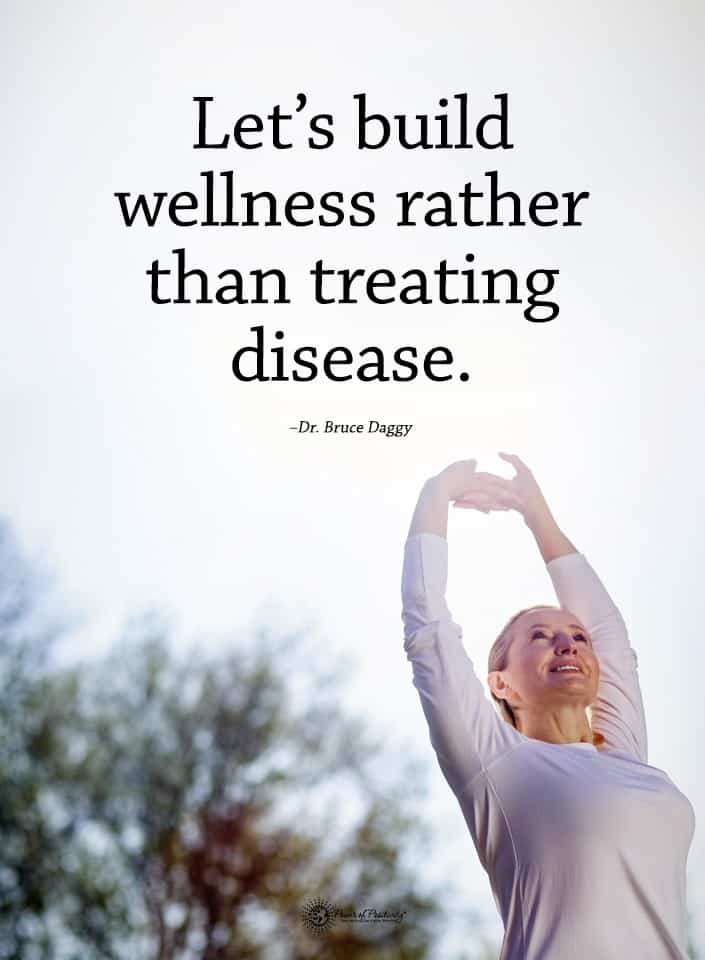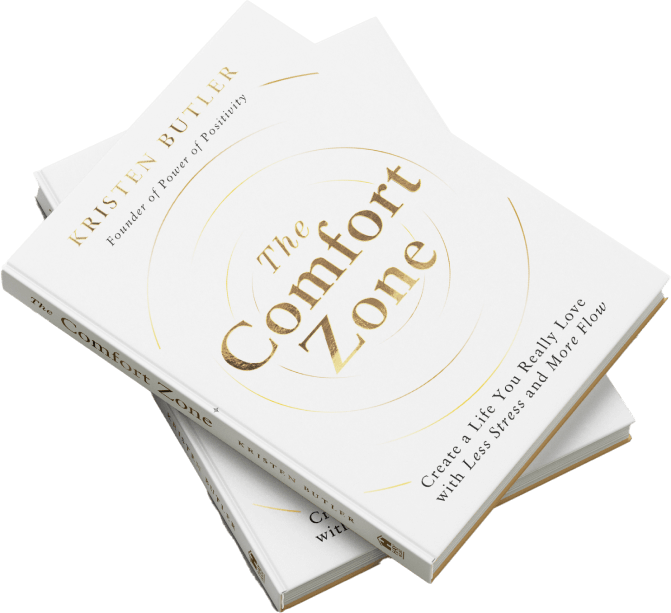Memory loss from aging and Alzheimer’s are two different things.
Alzheimer’s Disease. The name itself echoes with concern and empathy in the hearts of many. It’s more than just a medical term; it’s a reality that affects millions of families across the globe. Alzheimer’s is a progressive neurological disorder. It erodes memory and cognitive skills slowly, eventually impairing the ability to accomplish the simplest tasks.
What makes this condition particularly challenging is its subtle onset, often mistaken for normal aging.
But that’s also where our understanding and awareness can make a real difference. Detecting Alzheimer’s early can not only help in managing the condition more effectively but also in providing the right support and care that our loved ones truly deserve.
Remember that empathy is our compass when dealing with memory loss in older adults. Whether you are concerned about a loved one or just keen to learn, understanding these warning signs is a step towards a world where Alzheimer’s is met with knowledge and compassion, not fear and uncertainty.
6 Red Flags of Alzheimer’s Disease
Read on to explore the five warning signs of Alzheimer’s. These five things are crucial for early detection and timely intervention.

1 – Memory Loss from Alzheimer’s Disrupts Daily Life
When we talk about Alzheimer’s, the first sign that often comes to mind is memory loss. But this isn’t just any forgetfulness. It’s a type of memory loss that deeply impacts daily life, a kind that’s far from the usual misplacement of keys or forgetting a name momentarily, which many of us experience as we age. Alzheimer’s-related memory loss is different. It involves forgetting recently learned information, important dates, or events and increasingly needing to rely on memory aids or family members for things one handled on their own before.
Picture this: a once punctual and organized individual starts missing important appointments or repeatedly asking for the same information. These aren’t just occasional lapses; they’re consistent and disrupt the flow of everyday life. For someone living with Alzheimer’s, it’s like pieces of their day-to-day puzzle are missing, and they can’t seem to find them, no matter how hard they try.
Understanding this distinction is crucial. It’s about recognizing a shift from what’s ‘normal’ forgetfulness to a pattern that’s disrupting a person’s daily function. It’s seeing the line where forgetfulness becomes something more, necessitating a deeper look and understanding.
2 – Challenges in Planning or Solving Problems
Alzheimer’s doesn’t stop at memory. It also weaves into other cognitive areas, particularly planning or solving problems. Those who were once adept at balancing checkbooks or following a favorite recipe might find these tasks daunting. It’s not just about a one-off mistake in calculations or missing a step in a recipe; it’s a gradual decline in the ability to develop and execute a plan, work with numbers, or concentrate.
For example, you might notice a family member who loved baking is now struggling with sequencing steps in a recipe. Or a friend who was a wizard with numbers may now take much longer to do simple calculations. These changes are subtle yet progressive, chipping away at a person’s ability to manage tasks that were once familiar and straightforward.
It’s vital to understand that these challenges are not just ‘senior moments’ but are often indicative of deeper cognitive changes. They represent a departure from a person’s usual abilities, a change that is key in distinguishing the early stages of Alzheimer’s from typical age-related changes. Observing these difficulties and understanding their impact can be important in recognizing the need for professional evaluation and support.
3 – Alzheimer’s Means Difficulty Completing Familiar Tasks
One of the more poignant transformations seen in Alzheimer’s is the growing difficulty in completing everyday tasks. These activities define our daily routines, from making morning coffee to managing work tasks or even enjoying a hobby. Alzheimer’s can cast shadows on these familiar territories. As a result of the disease, the ordinary tasks in life seem extraordinary and challenging.
Imagine someone who always found joy in gardening suddenly feeling overwhelmed by planting flowers. Or a once-confident professional struggling with tasks they could perform effortlessly before, like organizing a meeting or using a computer application they’ve known for years. These are not just a bad day or a momentary lapse; it’s a significant shift in their ability to handle routine tasks.
This change can be subtle at first, almost invisible. But as time passes, it becomes more apparent. For someone with Alzheimer’s, it’s as though the rules of the game have changed, but nobody told them. The tasks they managed with ease now seem laden with unseen hurdles and complexities.

4 – Confusion with Time or Place
Alzheimer’s can also play tricks with one’s sense of time and place. It’s not uncommon for individuals with this condition to lose track of dates, seasons, and even the passage of time. They may wake up unsure of where they are, even if they’re in their own home. Or they may go to a familiar place and suddenly get lost. They do not know how they got there or how to return home.
This confusion can manifest in various ways. You might notice a loved one getting ready for a doctor’s appointment several days early, or they may dress inappropriately for the weather, wearing a heavy coat on a warm day. It’s a disorienting experience, both for the person living with Alzheimer’s and for those around them.
It’s important to recognize that this isn’t simply a matter of forgetfulness. It’s a more disconcerting disconnection from the present moment and environment. This symptom, in particular, can be distressing for both the individual and their caregivers, as it represents a profound loss of the ability to anchor oneself in the now and here, a cornerstone of our daily existence.
5 – Trouble Understanding Visual Images and Spatial Relationships
Alzheimer’s Disease can also impact a person’s visual and spatial abilities, an aspect that is often less talked about but equally significant. These are not the normal vision changes that come with age. Rather, it’s a decline in how the brain processes what the eye sees. People with Alzheimer’s might have trouble reading, judging distance, and determining color or contrast. These can cause problems with driving.
Imagine a scenario where someone who used to be a safe driver suddenly starts having accidents. Worse yet, they get confused about what the traffic signals mean. They might have trouble navigating familiar routes or misjudge distances while parking. This is because Alzheimer’s can affect the visual processing areas of the brain, making it difficult to interpret visual information accurately.
This symptom can be particularly challenging to identify, as it’s often mistaken for eye problems. However, it’s not the eyes that are the issue. Rather, the brain cannot interpret and make sense of what the eyes see. Recognizing this sign is crucial, as it affects a person’s safety, independence, and ability to engage in activities they once enjoyed.
6 – Changes in Mood and Personality
The reach of Alzheimer’s also extends to mood and personality changes. These mood swings are a particularly distressing aspect for family and friends, as they may see drastic changes in the demeanor of their loved ones. A person with Alzheimer’s might become confused, suspicious, depressed, fearful, or anxious. They may also get easily upset at home, at work, with friends, or outside a familiar place.
For instance, a typically upbeat and outgoing individual might become withdrawn or unusually quiet. Alternatively, someone who is always calm and patient may show irritability or aggression. These changes are more than just a bad day; they’re indicative of the profound impact Alzheimer’s has on a person’s emotional and psychological well-being.
Understanding these changes in mood and personality is crucial for those around the individual with Alzheimer’s. It’s important to approach these changes with empathy and patience, recognizing that they are symptoms of the disease and not intentional actions by the individual.
This understanding can help provide appropriate support and care, ensuring that the person with Alzheimer’s feels loved, respected, and valued, even as they navigate these challenging changes.

Final Thoughts on Recognizing and Responding to Alzheimer’s Signs
It’s important to emphasize the power of early recognition. Understanding these signs is not just about identifying a medical condition; it’s about recognizing a shift in the life of someone you care about. It’s a call to action, an invitation to respond with empathy, support, and understanding.
Remember, these signs aren’t definitive proof of Alzheimer’s. They are indicators that something might be amiss, a nudge to seek professional medical advice. If you or someone you know is exhibiting these signs, it’s critical to consult a healthcare professional for a comprehensive evaluation. Early diagnosis can open the door to the most treatment options that help manage symptoms and improve quality of life.
Beyond medical intervention, recognizing these signs also allows families and caregivers to adapt to the changing needs of their loved ones. It’s about creating a supportive environment that accommodates their evolving needs and maintains their dignity and respect. Whether adjusting the home setting to make it safer, seeking support groups, or simply being there to listen and understand, your response can make a profound difference in the journey ahead.
Alzheimer’s may be a challenging journey. Still, it’s one that no one should have to walk alone. By being informed, empathetic, and proactive, we can ensure that those facing Alzheimer’s are met with the care, love, and support they deserve. Let this article be a stepping stone towards a deeper understanding and a more compassionate response to one of our time’s most significant health challenges.



















